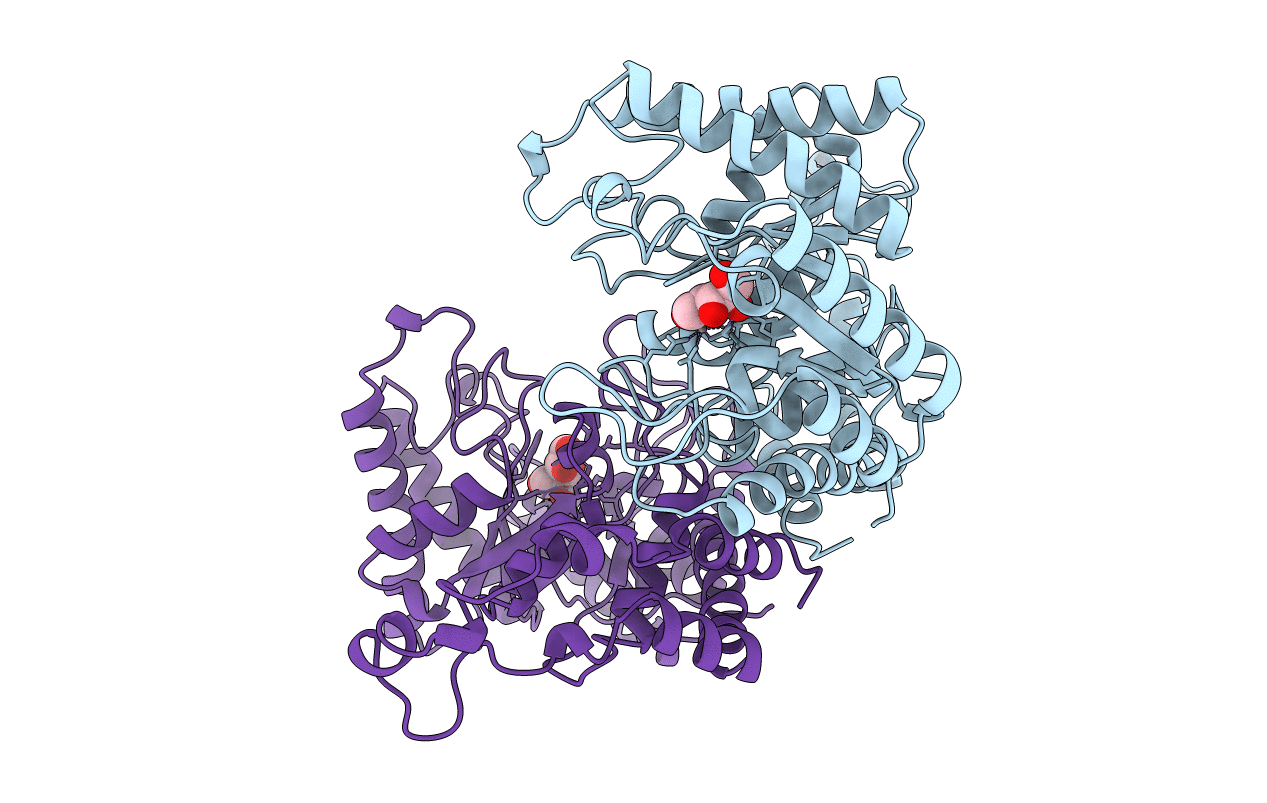
Deposition Date
1997-07-22
Release Date
1998-01-28
Last Version Date
2024-05-22
Entry Detail
PDB ID:
1XLM
Keywords:
Title:
D254E, D256E MUTANT OF D-XYLOSE ISOMERASE COMPLEXED WITH AL3 AND XYLITOL
Biological Source:
Source Organism:
Arthrobacter sp. NRRL (Taxon ID: 1669)
Host Organism:
Method Details:
Experimental Method:
Resolution:
2.40 Å
R-Value Free:
0.22
R-Value Work:
0.17
R-Value Observed:
0.17
Space Group:
C 2 2 2


